Your Cart is Empty
Free Shipping over $150 (Excludes Oversized Products)
Free Shipping over $150 (Excludes Oversized Products)
Sanding Belts
Sanding Discs

Power Hammers 101: A Beginner Guide To Power Hammers
by David Kranker 8 min read

Quick Overview
Power hammers mimic manual hammer and anvil functions with increased force and efficiency, making it easier to shape metals into various forms and components. Key components of a power hammer include the anvil and frame, which provide stability and absorb impact, the hammer or tup that strikes the metal, the drive mechanism that generates force (mechanical, pneumatic, or hydraulic), and a control system that allows precise adjustments during operation. Power hammers operate by converting electric, air, or hydraulic energy into mechanical motion to drive the hammer against the workpiece. They are crucial in various applications from forging simple tools to industrial-scale manufacturing of automotive and architectural elements.
In this guide, we will break down how these powerful tools work, what to consider when choosing one, and how to use them safely and effectively. For those looking to further refine their work, quality abrasives from Red Label Abrasives can be used to finish and polish your metal projects.
Understanding Power Hammers
The basic function of a power hammer is to repeatedly strike pieces of metal with great force, transforming them into desired shapes and forms. This tool replicates the actions of a hand-held hammer but does so with a lot more power and speed, automating much of the manual labor involved in traditional blacksmithing and metalworking.
The history of power hammers stretches back to the Industrial Revolution, when the need for more efficient manufacturing processes led to the development of mechanized hammers. Early versions were steam-powered but as technology progressed, so did their design and efficiency. By the early 20th century, electric and pneumatic hammers became more common, reflecting advancements in engineering and material science.
Today, power hammers are available in several types, each suited to specific applications and work environments:
- Mechanical Power Hammers: These tools are driven by an electric motor and use mechanical linkages to lift and drop the hammer. They are known for their durability and commonly used in traditional blacksmithing.
- Pneumatic Power Hammers: Operated by compressed air, these hammers are smoother and easier to control than mechanical types. They also have variable hitting power and speed, which is essential for precision work.
- Hydraulic Power Hammers:These machines use hydraulic systems to drive the hammer. They provide consistent force and are typically used for industrial-scale forging due to their power and efficiency.
Each type of power hammer has its own set of advantages, making it important to choose the right one for your particular metalworking tasks. In the following sections, we take a closer look at their components, how they work, and common applications.
Components of a Power Hammer
A power hammer consists of several key parts that work together to perform metal forging and shaping tasks. Understanding these components is essential for operating the machine correctly and maintaining it in good condition. Here’s a breakdown of the critical parts:
- Anvil and Frame: The anvil provides a robust surface against which the metal is forged. By absorbing the impact of the hammer blows, it enables the shaping of the workpiece. The frame supports the anvil and the entire assembly of the power hammer. It is typically made from heavy-duty steel to withstand the forces generated during operation and to maintain the alignment and functionality of all moving parts.
- Hammer or Tup:The hammer, or tup, is the moving part that actually strikes the metal. It needs to be both heavy and durable to effect the deformation and forging of the metal workpiece. The design and weight of the hammer vary depending on the type of power hammer and the specific tasks it is used for.
- Drive Mechanism:The drive mechanism is how the force is generated and transferred to the hammer. In mechanical power hammers, this might involve cam action or a crankshaft driving the hammer directly. Pneumatic hammers use compressed air while hydraulic hammers use pressurized fluid. Each mechanism has its own method of converting energy into forceful blows.
- Control System:The control system of a power hammer determines how the operator interacts with the machine. It may include foot pedals, hand levers, or electronic controls that adjust the speed and force of the hammer blows. The control system is important for precision work because it allows the operator to adjust the hammer’s operation according to the task at hand.
How Power Hammers Work
Power hammers use rotational or pneumatic energy to accomplish metal forging and shaping. Here's a detailed overview of their operation.
- Activation:The operator starts the power hammer using a control system (typically a foot pedal or a switch) that engages the drive mechanism.
- Energy Conversion: Once activated, the drive mechanism—whether mechanical, pneumatic, or hydraulic—begins to convert its source energy (electric, air, or hydraulic fluid) into mechanical motion.
- Hammer Action: This motion drives the hammer or tup. In mechanical systems, a rotating crankshaft or eccentric cam lifts the hammer against gravity. Pneumatic systems use compressed air to rapidly push the hammer upward and downward while hydraulic systems use pressurized fluid to move the hammer in a controlled manner.
- Impact: The hammer then strikes the metal workpiece placed on the anvil with significant force, deforming it according to the operator's requirements.
- Repetition: This process repeats with each activation of the control, delivering consistent and rhythmic strikes that shape the metal.
Each hammer type has distinct mechanisms that impact performance. For example:
- Mechanical power hammers are known for their robust and rhythmic action. The mechanical linkages and cam mechanisms provide a consistent strike force, making them ideal for uniform shaping tasks. However, their force and speed might not be as easily adjustable as in other types, making them less versatile for tasks requiring subtle adjustments.
- Pneumatic power hammers offer more control over strike force and frequency. They are preferred for precision work where variability in strike intensity can improve the quality of the final product. The use of compressed air allows for smoother operations and quick adjustments in the hammering action.
- Hydraulic power hammers are typically used for large-scale industrial tasks. The hydraulic system provides great control over the hammering force, and these hammers can handle heavier and tougher materials more efficiently than other types.
Understanding these operational details and differences can help you select the right power hammer for your metalworking needs and achieve the best results in your forging projects.
Common Power Hammer Applications
Power hammers are used extensively in various metalworking applications. Common uses include:
- Forging:Power hammers are primarily used in forging operations to shape metal into desired forms by plastic deformation. This includes the forging of tools, automotive parts, architectural elements, and sculptures.
- Metal Shaping: These hammers are also essential in shaping metal sheets and bars into specific curves or angles. They are particularly useful in custom metal fabrication, such as creating bespoke components for machines or structures.
- Industrial Applications:In industrial settings, power hammers support the mass production of metal parts. They are important in applications such as automotive manufacturing, shipbuilding, and infrastructure projects where large and thick metal pieces need precise shaping.
Advantages of using power hammers in metalworking include:
- Efficiency: Power hammers speed up the metalworking process, allowing blacksmiths and metalworkers to complete projects faster. This is particularly beneficial in commercial operations where time efficiency translates directly into cost savings.
- Reduced Physical Strain: By mechanizing the hammering process, power hammers reduce the physical strain traditionally associated with manual hammering. This minimizes fatigue and reduces the risk of injury among craftsmen.
- Precision and Control: Modern power hammers come equipped with control systems that allow for precise adjustments of force and frequency. This precision is crucial for achieving the desired effects on metal without compromising the integrity of the material.
- Versatility:With the ability to adjust force and speed, power hammers can be used on a wide range of metals, from soft aluminum to tough iron. This versatility makes them indispensable tools in versatile metalworking environments.
- Scalability: Power hammers enable scalability in production. Whether for single, custom pieces or large-scale manufacturing runs, these tools maintain consistent quality and craftsmanship.
How to Choose the Right Power Hammer
Selecting the appropriate power hammer is essential to the success of your metalworking projects. Here are some key factors to consider as well as tips for beginners when choosing their first power hammer:
Factors to Consider
- Size:The size of the power hammer should match the scale of the projects you intend to undertake. Larger hammers are suited for heavy-duty tasks, while smaller hammers are ideal for more detailed work.
- Type:As discussed previously, power hammers come in mechanical, pneumatic, and hydraulic types. Choose a type based on the specific needs of your work, considering factors like control, force, and the type of workpiece materials.
- Power Source: Power hammers can be powered electrically, pneumatically, or hydraulically. Electric hammers are generally easier to maintain and use but may not offer the same power as hydraulic models. Pneumatic hammers provide excellent control and are quieter, which might be beneficial in smaller workshops.
- Capacity:Consider the forging capacity of the hammer, including the maximum thickness and type of metal it can effectively work with. Ensuring your hammer can handle the demands you anticipate is critical.
Tips for Beginners
- Start Small:If you are new to metalworking, start with a smaller, more manageable power hammer. This allows you to learn how to operate a hammer without being overwhelmed by a large, complex machine.
- Seek Advice:Consulting with experienced metalworkers or joining forums and communities can provide invaluable insights and recommendations.
- Test Different Models: If possible, test different power hammers to get a feel for how they operate. This firsthand experience can help you understand what suits your working style and preferences.
Power hammers vary widely in price, with larger, more complex models costing more. Budget accordingly and consider financing options if necessary. You should also:
- Factor in the cost of the power source (electricity, air compressors, hydraulic systems) and ongoing maintenance costs, including replacements for worn parts.
- Consider how the power hammer will improve your productivity and quality of work. A more efficient hammer may cost more upfront but can pay off in the long run by increasing your capacity to take on more or larger projects.
Choosing the right power hammer involves balancing your current needs with your future goals. Taking the time to evaluate your requirements will make it easier to make the best investment.
Maintenance Tips
Maintaining your power hammer is essential for both the longevity of the machine and the safety of its operators. You should regularly lubricate all moving parts to reduce friction and wear as well as check and tighten bolts and screws, as these can loosen over time due to the vibration of the machine. Other recommendations include:
- Regularly inspect the anvil, hammer, and frame for signs of wear or damage. Replace worn parts as necessary to maintain optimal performance and safety.
- Keep the machine clean from metal dust and debris, which can accumulate and interfere with its operation.
If the power hammer begins to vibrate unusually, check for loose parts or an unbalanced drive mechanism. Any irregular hammering could be due to issues with the power supply (in electric hammers) or air pressure fluctuations (in pneumatic hammers). Check connections and pressures, and consult the manual for specific troubleshooting.
Improve Your Metalworking Projects With Industrial-Quality Abrasives
Power hammers make it possible for you to shape and forge metal with precision and efficiency. Whether you are just starting out or looking to enhance your existing skills, understanding the types, components, and proper maintenance of power hammers can impact the quality of your work.
As you continue to develop your metalworking projects, don’t forget the finishing touches that improve the quality of your final product. For high-quality abrasives that can help you achieve the perfect finish, contact Red Label Abrasives. Our extensive range of sanding belts, sanding discs, sanding sheets, and specialty products ensures that you can find exactly what you need to give your projects a professional touch. To learn more or place an order, please contact us by calling 844-824-1956 or filling out our contact form today. ABOUT THE AUTHOR
David Kranker is a writer and creative maker who has been covering the abrasive and knife-making industries on the Red Label Abrasives Blog since 2020. David spends his time continually researching sanding and bladesmithing to provide readers with the latest and greatest information. In his free time, David utilizes abrasives for many different home and auto projects at his home in Delton, MI.
Belt Packs Made For Knife Makers
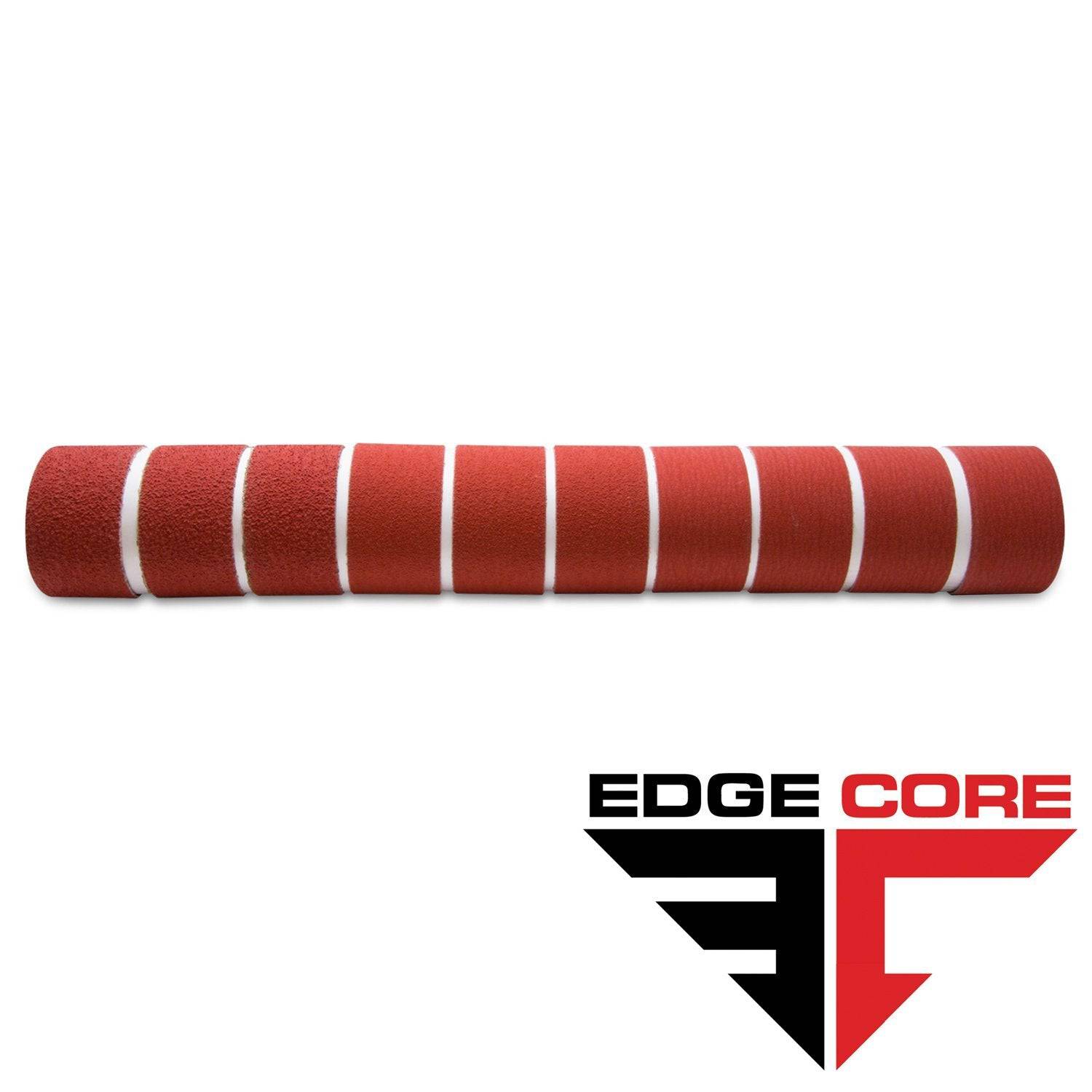
2 X 72 Inch Knife Makers Sanding Belts Assortment
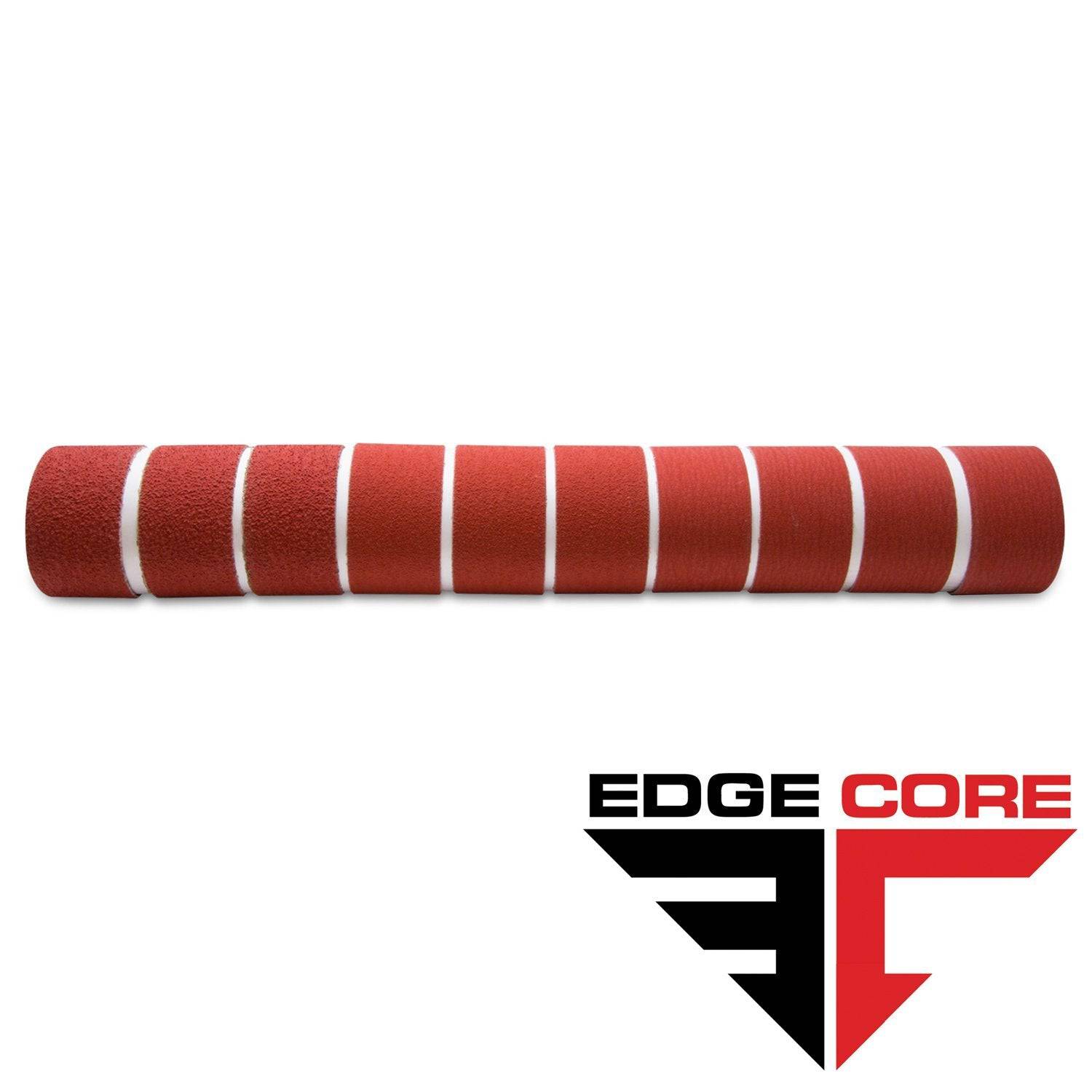
2 X 60 Inch Knife Makers Sanding Belts Assortment
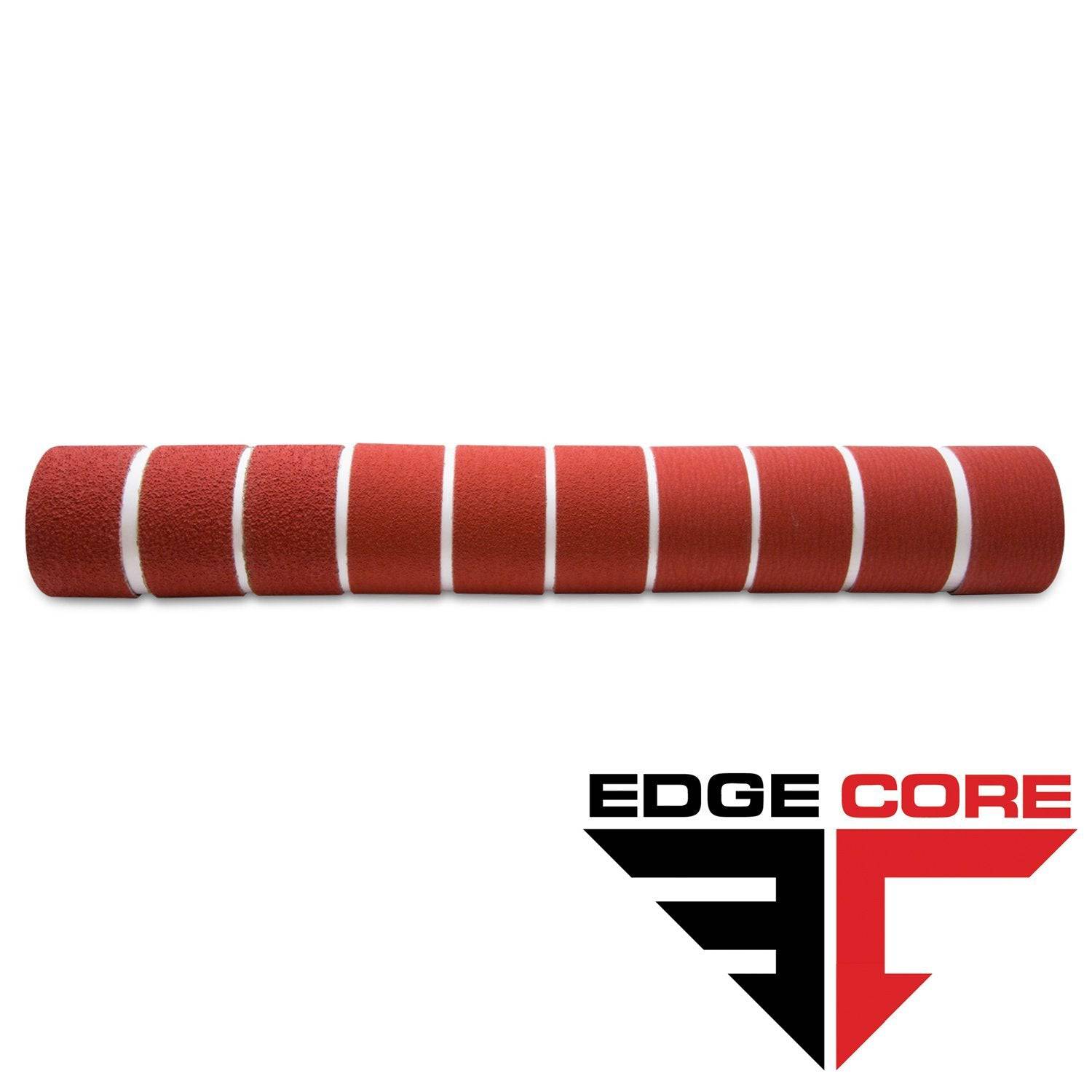
2 X 48 Inch Knife Makers Sanding Belts Assortment
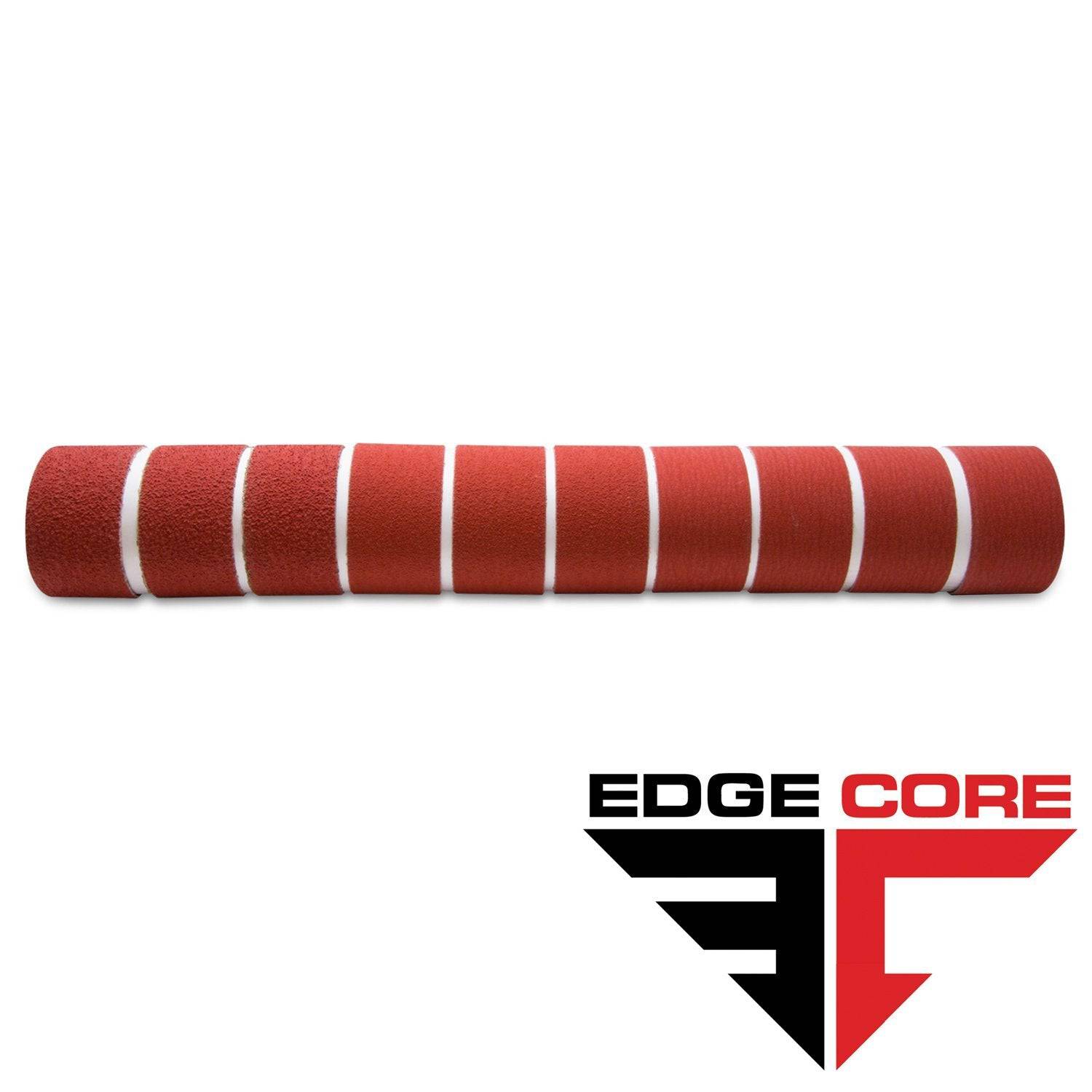
2 X 36 Inch Knife Makers Sanding Belt Assortment
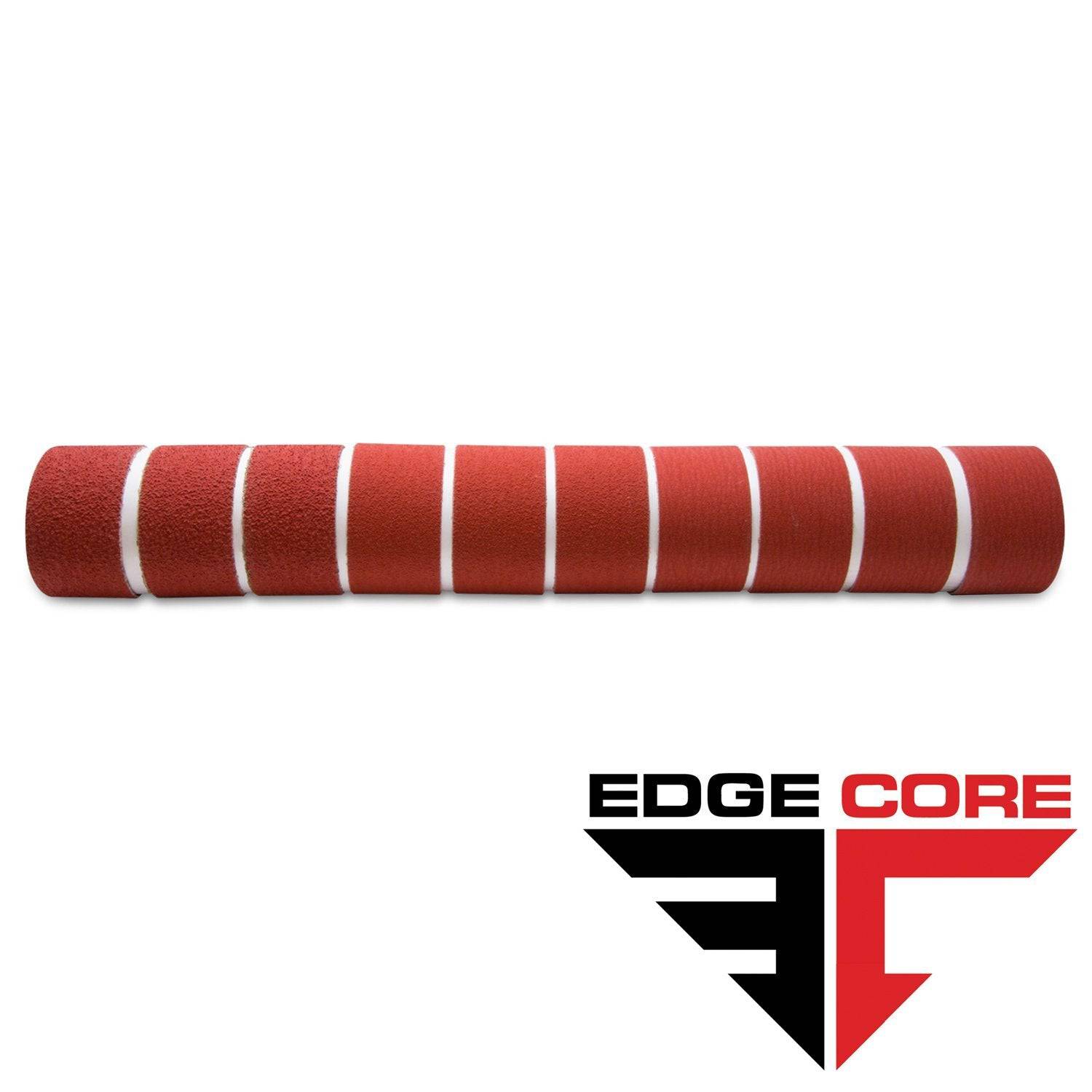
2 X 42 Inch Knife Makers Sanding Belts Assortment
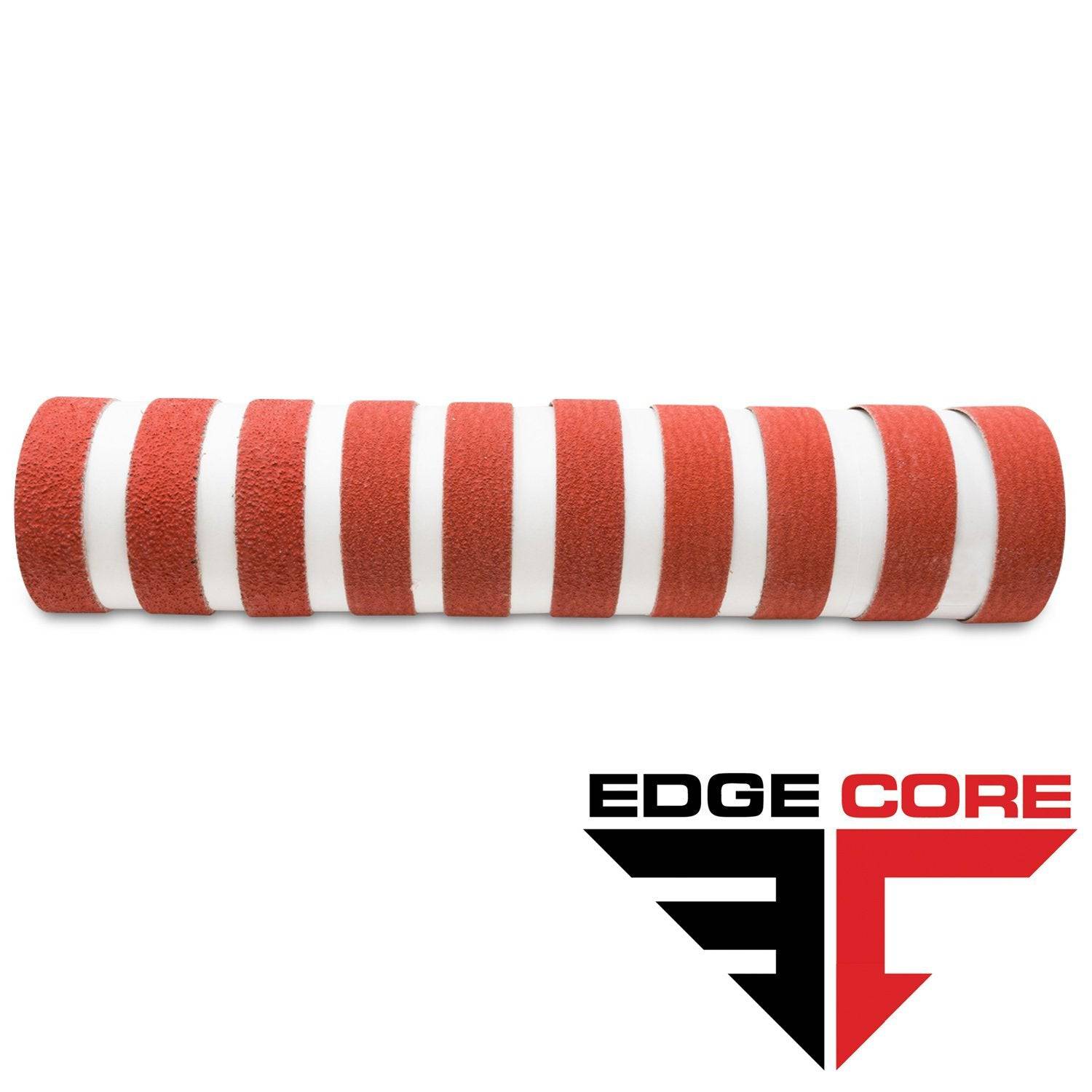
1 X 30 Inch Knife Makers Sanding Belts Assortment
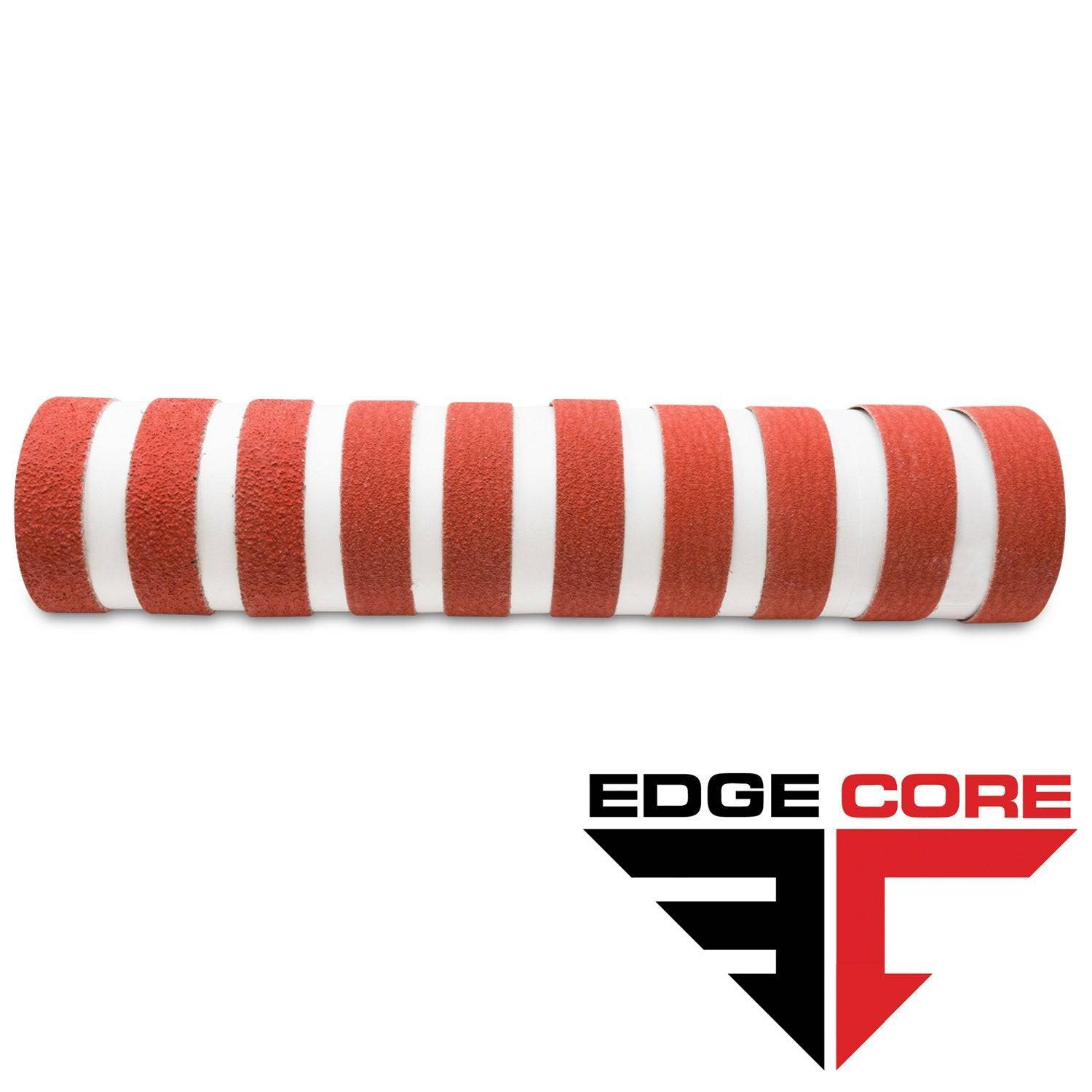
1 x 42 Inch Knife Makers Sanding Belt Assortment
Shop By Product Category





Why Choose Red Label?







